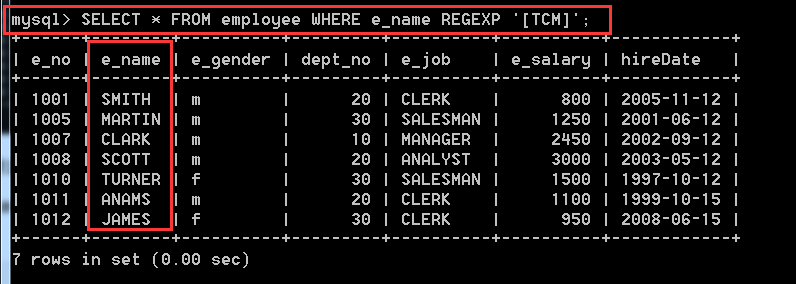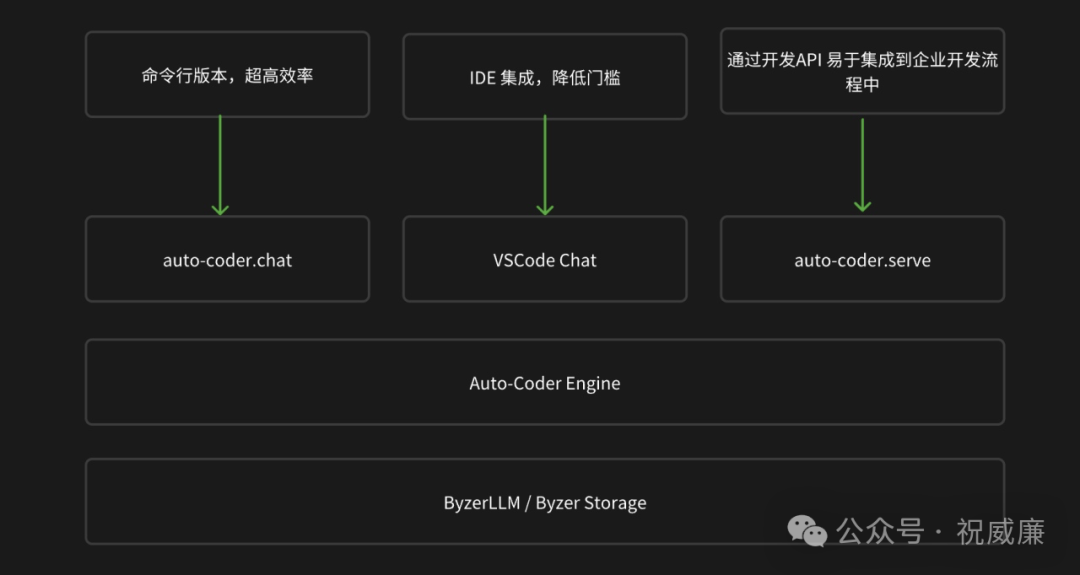1. time模块
time():获取当前时间戳,是一个数字
localtime():返回一个time.struct_time对象,里面有年月日时分秒,还有星期几(0表示星期一)和今年的第几天
import time
print(time.time())
print(time.localtime())1725287068.253736
time.struct_time(tm_year=2024, tm_mon=9, tm_mday=2, tm_hour=22, tm_min=24, tm_sec=28, tm_wday=0, tm_yday=246, tm_isdst=0)localtime()也可以传入参数,表示1970年1月1日8时(本地时间)0分0秒开始经过的秒数
print(time.localtime(60))time.struct_time(tm_year=1970, tm_mon=1, tm_mday=1, tm_hour=8, tm_min=1, tm_sec=0, tm_wday=3, tm_yday=1, tm_isdst=0)ctime():返回简单易读的时间字符串
print(time.ctime())Mon Sep 2 22:29:40 2024strftime():将时间struct_time对象转换为格式化的字符串
print(time.strftime('%Y-%m-%d %H:%M:%S', time.localtime()))2024-09-02 22:33:14
注意年是大写的%Y,时分秒也都是大写的:%H,%M,%S。
strptime():将字符串转换为struct_time对象
print(time.strptime('2008-08-08 20:08:08', '%Y-%m-%d %H:%M:%S'))time.struct_time(tm_year=2008, tm_mon=8, tm_mday=8, tm_hour=20, tm_min=8, tm_sec=8, tm_wday=4, tm_yday=221, tm_isdst=-1)sleep():程序睡眠指定的秒数
2. datetime模块

datetime.now():获取当前日期时间,精确到微秒
# 从datetime模块中导入datetime类
from datetime import datetime
print(datetime.now())2024-09-02 22:40:08.851771datetime类的构造参数可以传入年月日时分秒:
dt = datetime(2024, 9, 2, 22, 40, 0)
print(dt)
print(type(dt))2024-09-02 22:40:00
<class 'datetime.datetime'>取出datetime对象的年月日时分秒信息:
print(dt.year, dt.month, dt.day, dt.hour, dt.minute, dt.second)2024 9 2 22 40 0比较两个datetime对象的大小:
dt1 = datetime(2024, 5, 1, 0, 0, 0)
dt2 = datetime(2024, 10, 1, 0, 0, 0)
print(dt1 < dt2)Truedatetime对象与字符串之间的转换(与time模块类似,都是strftime和strptime这两个方法):
print(datetime.strftime(datetime.now(), '%Y-%m-%d %H:%M:%S'))
print(datetime.strptime('2024-09-02 22:40:00', '%Y-%m-%d %H:%M:%S'))计算两个datetime对象之间的差值,发现是一个timedelta对象:
dt1 = datetime(2024, 5, 1, 0, 0, 0)
dt2 = datetime(2024, 10, 1, 0, 0, 0)
print(type(dt2 - dt1))
print(dt2 - dt1)<class 'datetime.timedelta'>
153 days, 0:00:00还可以将datetime对象加上或者减去一个timedelta对象,得到另一个datetime对象:
from datetime import timedelta
print(dt1 + timedelta(153))2024-10-01 00:00:00timedelta构造函数第一个入参是天数,第二个入参是秒数:
print(dt1 + timedelta(153, 10))2024-10-01 00:00:103. request模块
request库是python处理HTTP请求的库,使用request库的get()方法可以获取一个网络请求的响应,可以通过响应对象的text属性来获取响应中的字符串数据,通过响应对象的content属性来获取响应中的二进制数据(图片、音频、视频等)。

打印发现乱码,设置响应的编码格式为utf-8:

4. openpyxl模块
openpyxl模块专门用来处理Excel文件,可以对Excel文件进行写入和读取。

写入Excel文件:
import openpyxl
# 创建工作簿
wb = openpyxl.Workbook()
# 创建页签,页签名和页签索引
sheet = wb.create_sheet("sheet1", 0)
# 添加数据
sheet.append([1, 2, 'a', True])
# 保存文件,传入文件名
wb.save('text.xlsx')
读取Excel文件(注意每个单元格的值通过value属性来获取):
# 打开表格
wb = openpyxl.load_workbook("text.xlsx")
# 选择sheet1页签
sheet = wb['sheet1']
# 读取文件
l = []
for row in sheet.rows:
c = []
for cell in row:
c.append(cell.value)
l.append(c)
print(l)
5. pdfplumber模块
pdfplumber模块用于读取pdf文件。
import pdfplumber
with pdfplumber.open("可靠的底部形态.pdf") as f:
for p in f.pages:
# 提取内容
print(p.extract_text())
print(f"第{p.page_number}页提取结束")可以通过pdfplumber模块实现提取指定的数据,或者将pdf倒序等功能。
6. numpy模块和matplotlib模块
使用matplotlib模块读取图片:
import matplotlib.pyplot as plt
im = plt.imread("日出海.jpeg")
print(im)
print(type(im))
plt读取出的image是一个三维数组,类型为numpy数组,前两维是图片的宽和高,第三维是RGB数组。使用numpy模块对该图像进行灰度处理:
import numpy as np
import matplotlib.pyplot as plt
im = plt.imread("日出海.jpeg")
plt.imshow(im)
# 灰度固定值
mask = np.array([0.299, 0.587, 0.114])
im2 = np.dot(im, mask)
plt.imshow(im2, cmap='gray')7. pandas模块
使用pandas模块读取表格数据,然后使用matplotlib模块绘制饼图
import pandas as pd
import matplotlib.pyplot as plt
df = pd.read_excel("test.xlsx")
# 解决中文乱码
plt.rcParams['font.sans-serif'] = ['SimHei']
#设置画布的大小
plt.figure(figsize=(10, 6))
labels = df['商品名称']
y = df['北京']
# 绘制饼图
plt.pie(y, labels=labels, autopct='%1.1f%%', startangle=90)
# 设置x,y轴刻度相等
plt.axis('equal')
plt.title('xxx')
plt.show()8. jieba模块
import jieba
with open('text.txt', 'r', encoding='utf-8') as f:
s = f.read()
# 对原始字符串进行分词,返回一个列表
l = jieba.lcut(s)
# 去重
s = set(l)
#统计词的次数
d = {}
for word in s:
if len(word) >= 2:
if word in d:
d[word] = d[word] + 1
else:
d[word] = 1
res = []
for k,v in d.items():
res.append([k, v])
# 按照词频从大到小排序,并取前10项
res.sort(key=lambda x: x[1], reverse=True)
print(res[0:11])9. 文件操作
文件基本操作在前面的博客中介绍过,这里复习下文件的打开模式和读写方法:


注意,writelines方法不换行,而且传入的参数是列表(只传入一个字符串也可以),并且列表中的元素只能为字符串,否则会报错。
使用文件操作实现复制文件的功能:
def func_copy(source_file, target_file):
with open(source_file, 'r') as sf:
with open(target_file, 'w') as tf:
tf.write(sf.read())
func_copy('text.txt', 'text2.txt')10. json模块

json.dumps方法使用:
l = [{'name': 'zhangsan', 'age': 18}, {'name': "lisi", 'age': 20}, {'name': 'wangwu'}]
# 将Python数据类型转换为json字符串,这里是一个json数组,ensure_ascii=False表示正常显示中文,indent=4用于缩进格式
s = json.dumps(l, ensure_ascii=False, indent=4)
print(type(s))
print(s)<class 'str'>
[
{
"name": "zhangsan",
"age": 18
},
{
"name": "lisi",
"age": 20
},
{
"name": "wangwu"
}
]json.loads方法使用:
# 将刚才的son字符串加载为python数据类型,这里是一个列表类型
l2 = json.loads(s)
print(type(l2))
print(l2)
ds = '{"name": "aaa", "age": 12}'
# 将son字符串加载为python数据类型,这里是一个字典类型
d = json.loads(ds)
print(type(d))
print(d)<class 'dict'>
{'name': 'aaa', 'age': 12}注意,json.loads方法中的json字符串中的引号必须是双引号,否则无法解析成Python中的数据类型。
json.dump方法使用:
import json
l = [{'name': 'zhangsan', 'age': 18}, {'name': "lisi", 'age': 20}, {'name': 'wangwu'}]
# 将Python数据类型转换为json字符串,并存于文件中
with open('json.txt', 'w') as f:
json.dump(l, f, ensure_ascii=False, indent=4)
json.load方法使用:
with open('json.txt', 'r') as f:
s = json.load(f)
print(type(s))
print(s)<class 'list'>
[{'name': 'zhangsan', 'age': 18}, {'name': 'lisi', 'age': 20}, {'name': 'wangwu'}]11. os模块


getcwd():获取当前工作路径
import os
print(os.getcwd())/Users/admin/Documents/pythonProjectlistdir():获取指定目录下的所有目录和文件,如果不传参,则默认为当前工作路径,返回结果为列表
print(os.listdir())['text.xlsx', '日出海.jpeg', 'json.txt', 'gray.jpeg', 'text2.txt', 'text.txt', 'venv', 'main.py', '可靠的底部形态.pdf', '.idea']mkdir():创建单级目录,如果目录已存在,则报错
os.mkdir("study")makedirs():创建多级目录,如果目录已存在,则报错
os.makedirs("study/aa/bb/cc")rmdir():删除目录,如果目录不为空或者不存在,则报错
os.rmdir("study/aa/bb/cc")removedirs():删除多级目录,如果目录不为空或者不存在,则报错,注意这里要求的目录为空包括父目录也要为空
os.removedirs("study/aa/bb/cc")walk():遍历目录树,参数不能传空,遍历结果是元组包含三个元素:当前遍历的目录,当前遍历的目录下包含的目录列表,当前遍历的目录下包含的文件列表
for dirs, dirlist, filelist in os.walk("./"):
print(dirs)
print(dirlist)
print(filelist)
print("------------")
remove():删除文件,如果文件不存在,则报错
os.remove('json.txt')rename():重命名文件
os.rename('text.txt', 'test.txt')stat():获取文件的详细信息
info = os.stat("text.xlsx")
print(type(info))
print(info)<class 'os.stat_result'>
os.stat_result(st_mode=33188, st_ino=31111965, st_dev=16777233, st_nlink=1, st_uid=501, st_gid=20, st_size=5265, st_atime=1725375194, st_mtime=1725375193, st_ctime=1725375193)其中,st_ctime表示文件创建时间,st_mtime表示文件的修改时间,st_atime表示文件的最近一次访问时间,st_size表示文件大小(单位是字节)。
11. os.path模块

abspath():获取目录或者文件的绝对路径
import os.path as path
print(path.abspath("text.xlsx"))/Users/admin/Documents/pythonProject/text.xlsxexists():判断目录或者文件是否存在
print(path.exists("text.xlsx"))
print(path.exists("text2.xlsx"))True
Falsejoin():将第一个参数path和第二个参数文件名进行拼接,返回字符串,不判断文件是否存在
f = path.join('study', 'text.xlsx')
print(type(f))
print(f)<class 'str'>
study/text.xlsxsplittext():分割文件名和后缀名,返回格式为元组,不判断文件是否存在
print(path.splitext('text.txt'))('text', '.txt')basename():获取文件名,不包含目录名,但是包含后缀名,不判断文件是否存在
print(path.basename("study/text.txt"))text.txtdirname():获取目录名,不判断文件是否存在
print(path.dirname("study/text.txt"))studyisdir():是否是有效的目录,如果不是目录或者目录不存在,则返回False
print(path.isdir("study/day"))
print(path.isdir("text.xlsx"))
print(path.isdir("./"))False
False
Trueisfile():是否是有效的文件,如果不是文件或者文件不存在,则返回False
print(path.isfile("study/text.xlsx"))
print(path.isfile("text.xlsx"))
print(path.isfile("./"))False
True
False


















